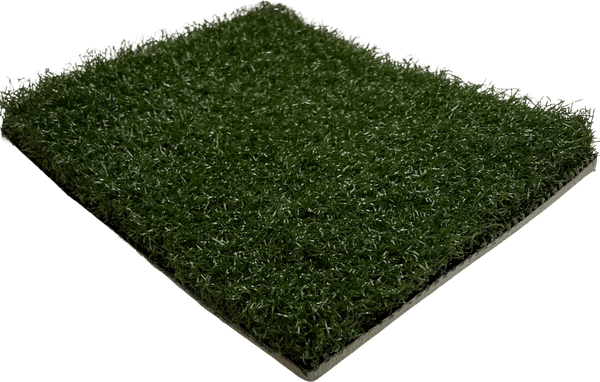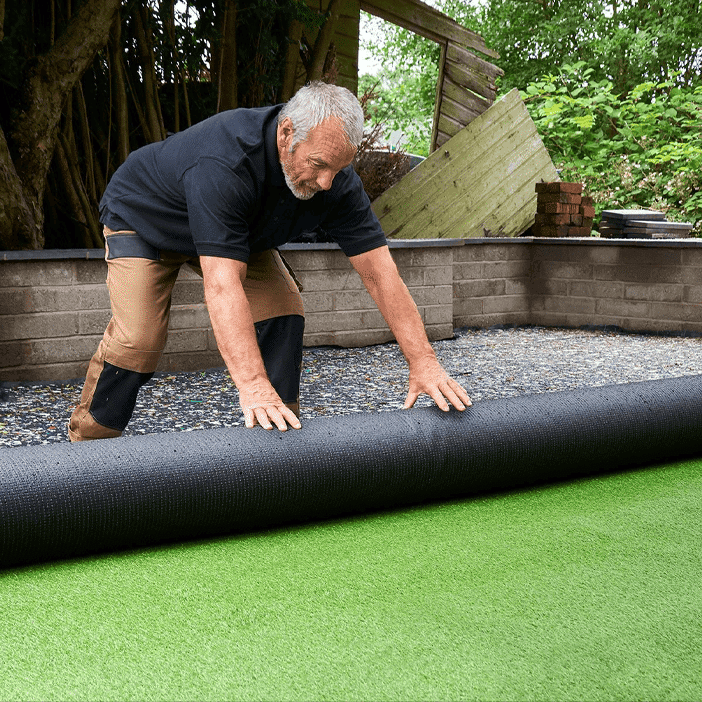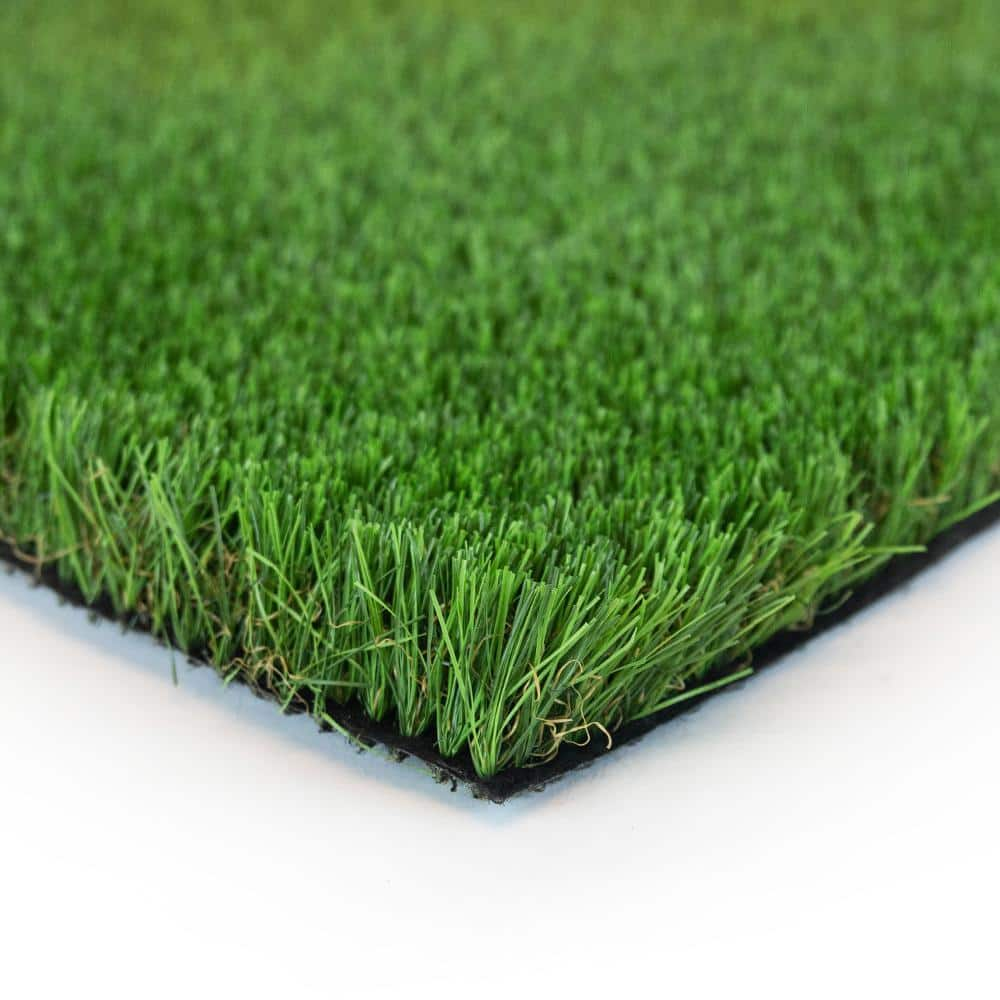Durable Arizona Artificial Turf for Home and Commercial Applications
Durable Arizona Artificial Turf for Home and Commercial Applications
Blog Article
Delve Into the Environmental Benefits of Opting for Synthetic Grass Solutions
The adoption of artificial turf solutions presents an engaging possibility to deal with pressing ecological challenges. By considerably reducing water use and decreasing the application of dangerous chemicals, these options not only promote sustainable landscaping but likewise protect neighborhood ecological communities.
Water Conservation Advantages
One of the most considerable advantages of synthetic grass is its ability to preserve water. Standard lawn lawns call for substantial irrigation, particularly in locations prone to drought or water restrictions. On the other hand, synthetic grass does not require watering, dramatically reducing the total need for water sources. This feature is particularly valuable in deserts where water shortage is a pressing concern.
By removing the demand for routine watering, synthetic grass adds to sustainable landscape techniques and helps mitigate the environmental effect of extreme water intake. The preservation of water expands to the reduction of overflow, which can lead to dirt disintegration and river pollution.
Furthermore, the installment of fabricated grass allows homeowners and towns to designate water sources much more successfully, focusing on important uses such as drinking water and farming. The change in the direction of artificial lawn not just promotes accountable water use yet also straightens with more comprehensive environmental goals aimed at protecting natural resources.
As areas increasingly focus on sustainability, the water preservation benefits of synthetic grass provide a compelling case for its adoption in domestic and commercial landscape design tasks.
Reduced Chemical Use
The transition to man-made grass considerably decreases the reliance on chemical treatments generally used in natural lawn upkeep. Typical turf monitoring generally entails the application of chemicals, fertilizers, and herbicides to promote development and control insects. These chemicals can position threats to human wellness, local wild animals, and the atmosphere, adding to dirt and water contamination.
In contrast, man-made grass eliminates the need for these damaging substances. By reducing the release of artificial compounds right into the ecological community, artificial lawn advertises healthier dirt and water systems.
Additionally, the lack of chemical runoff associated with synthetic grass installments helps shield local rivers from air pollution, supporting marine life and keeping biodiversity. Turf installation phoenix az. As neighborhoods progressively prioritize sustainable practices, choosing man-made turf provides a viable option that aligns with environmental conservation objectives. Via this shift, homeowner can appreciate lavish environment-friendly rooms without jeopardizing ecological health and wellness, leading the means for an extra lasting future
Lower Carbon Footprint

In addition, the installment of synthetic grass can result in significant water preservation. All-natural yards need significant amounts of water for irrigation, which not only contributes to the carbon impact connected with water removal and treatment yet likewise stress local water sources. On the other hand, synthetic grass needs marginal maintenance, calling for no watering, thereby substantially reducing water usage and its connected power expenses.
Furthermore, the longevity of synthetic lawn adds to its decreased carbon impact. With a life-span of as much as 15 years or even more, the demand for frequent substitutes is reduced, resulting in less waste and lower power usage in production and throwing away typical grass choices. On the whole, artificial grass offers a sustainable choice for environmentally aware landscaping.
Environment Preservation
Habitat preservation is an important factor to consider in the discussion over landscaping choices, particularly when contrasting synthetic grass to all-natural grass. All-natural turf yards often require comprehensive maintenance, consisting of using i thought about this pesticides, fertilizers, and herbicides, which can negatively affect neighborhood environments. These chemicals can seep right into the dirt and rivers, harming native flora and animals and interfering with neighborhood environments.
Artificial lawn removes the demand for dangerous chemicals, thus safeguarding nearby wildlife and keeping the stability of surrounding communities. The installation of artificial grass can lead to the conversion of previous lawn locations into more biodiverse landscapes, such as pollinator yards or indigenous plant locations, which can sustain regional wild animals.
Inevitably, the change to fabricated lawn not only conserves water and minimizes upkeep initiatives however likewise fosters a much more harmonious partnership in between human activities and the native environment, promoting habitat conservation while doing so.
Long-Term Sustainability
Long-term sustainability is a vital consider assessing the benefits of synthetic grass over conventional grass lawns. Among the most significant benefits of synthetic grass is its longevity; it can last up to 15-20 years with marginal upkeep, whereas natural yard calls for regular reseeding and substitute. This long life reduces the demand for constant resources, such as water, fertilizers, and pesticides, which are vital for maintaining a healthy and balanced turf yard.
Furthermore, synthetic grass adds to a reduction in carbon emissions connected with grass care devices. Conventional yards often need gas-powered lawn mowers, trimmers, and blowers, all of which add to air contamination. Arizona artificial turf. In contrast, man-made lawn eliminates the requirement for such tools, advertising a cleaner environment
Additionally, the production of fabricated grass significantly utilizes recycled materials, enhancing its sustainability profile. As makers embrace environmentally friendly methods, the ecological impact of synthetic grass remains to decrease.

Final Thought
The fostering of artificial grass services presents significant ecological advantages, consisting of significant water conservation, reduced dependence on unsafe chemicals, and a lower carbon impact. Additionally, man-made turf help in preserving natural habitats by minimizing land disruption and advertising long-term sustainability through making use of durable products. Collectively, these elements emphasize the possibility of synthetic grass to contribute positively to environmental health and wellness and supply a sensible alternative to traditional landscaping practices in a progressively resource-conscious world.
In contrast, man-made lawn does not need watering, check here substantially reducing the general demand for water resources. By lessening the launch of synthetic substances right into the ecosystem, artificial turf promotes much healthier dirt and water systems.
In addition, the installation of artificial turf can internet result in substantial water preservation. In contrast, artificial lawn needs minimal upkeep, requiring no watering, thereby substantially minimizing water use and its connected power costs.

Report this page